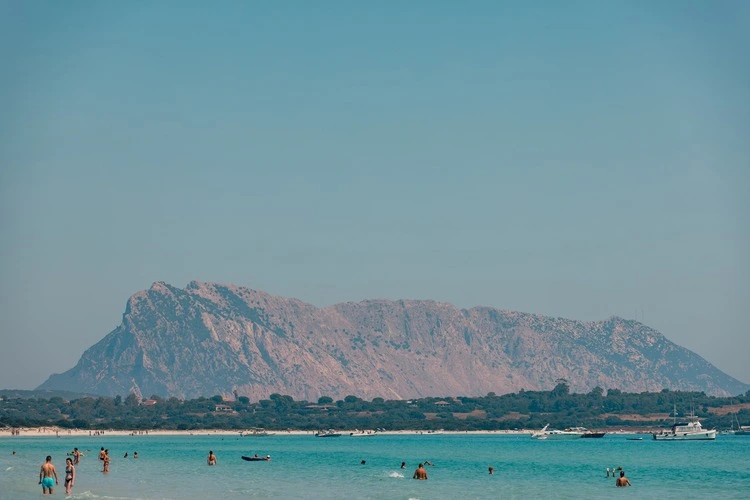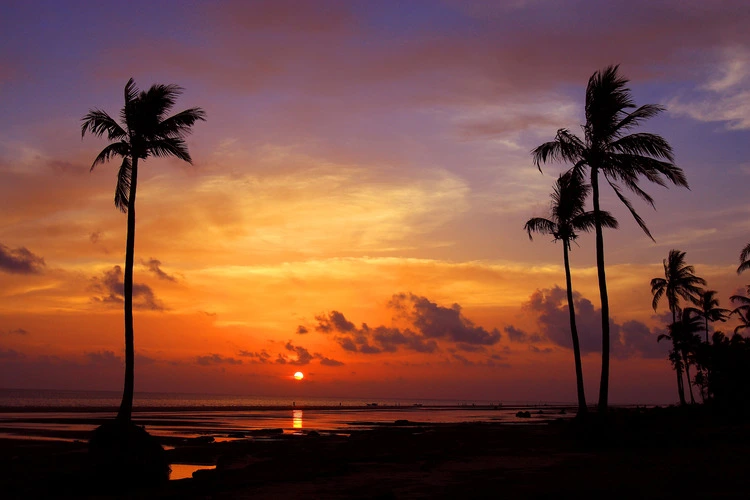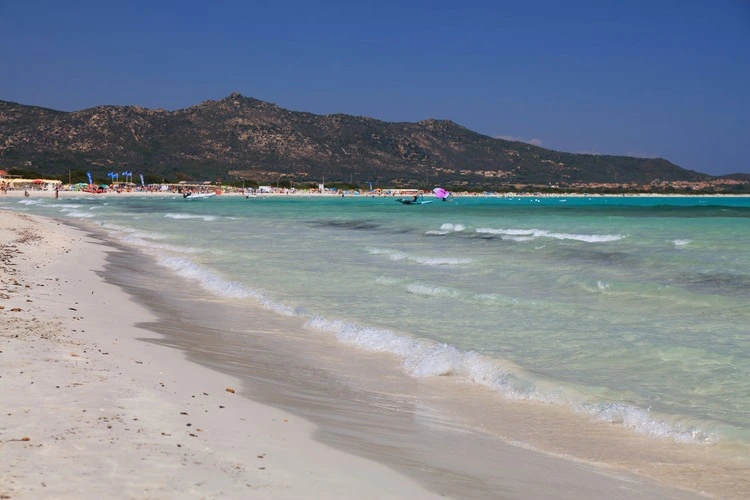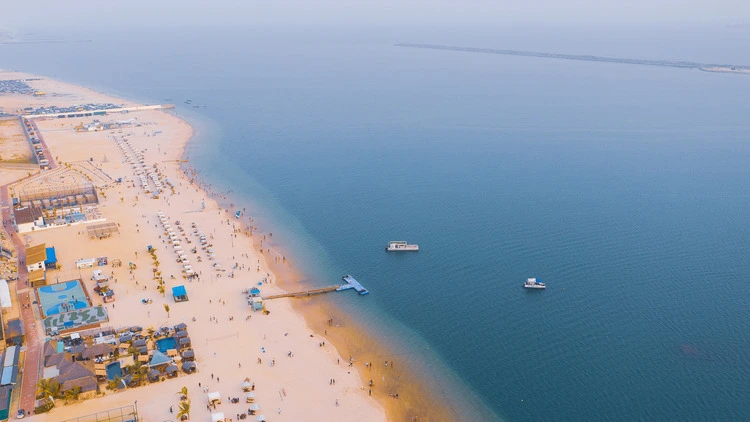
From the shores of Cyprus to the coast of Italy, discover the popular beaches that are likely to shrink the most by the end of the century
While the world’s sandy beaches may be growing in certain areas, there are some beaches across the planet that are slowly eroding, impacting the coastal communities, wildlife and natural environments that characterise them.
Where exactly are these beaches – and why are their locations so susceptible to coastal erosion?
Enjoying this article? Check out our related reads:
The rankings below are taken by European Commission data, and focus only on tourist beaches (calculated through the most-reviewed beaches on Tripadvisor). In reverse order, here are the top five popular beaches that may shrink the most by 2100, according to their projected average shoreline shrinkage:
5) Kuakata Sea Beach, Bangladesh (361.2 metres)

At number five is Kuakata Sea Beach, found in Bangladesh. The country’s flat, low-lying topography, combined with its location in the Bengal Delta, make it especially prone to environment-related hazards including tropical cyclones, floods and coastal erosion.
Coastal erosion in Bangladesh isn’t just exclusive to the potential future of the Kuakata Sea beach: on the eastern island of Sandwip, 40 per cent of land has been eroded, while Kutubdia Island also in the east has lot 10 per cent of its entire area.
As climate change worsens, scientists are concerned that rising sea levels will only further exacerbate the effect of coastal erosion in Bangladesh, consequently impacting local economies and the environment alike.
4) Praia Da Costa Do Sol, Mozambique (453.4 metres)
Although Africa has the highest proportion of sandy beaches in the world (66 per cent), it is twinned with Australia as one of the continents experiencing more erosion than growth in its beaches. One such example is that of Mozambique’s Praia da Costa do Sol, with its coastline expected to dwindle by more than 450 metres by the end of the century.
The beach is located on the coast of the country’s capital, Maputo. The Greater Maputo area, home to more than three million residents, is already impacted by not just floods and cyclones but coastal erosion and sea-level rise. Coastlines in the area are being degraded both through impacts of climate change and extraction of resources for local livelihoods.
To ensure the region’s coastlines are supported, the Mozambique government launched a five-year project back in 2022 to develop more sustainable solutions in protecting them: from creating more climate-resilient jobs to working with municipal authorities to create better planning frameworks.
3) Spiaggia La Cinta, Italy (514.2 metres)

Spiaggia La Cinta is just one of the many beaches in Italy that may face significant changes in the future. Research has shown that 20 per cent and 45 per cent of Italian beaches risk almost complete submersion by 2050 and 2100. In particular, the regions of Sardinia, Campania, Lazio, and Apulia are likely to lose more than half of their equipped beaches.
A range of factors contribute toward Italy’s eroding shorelines, including the fact its coast is heavily urbanised: around 10 per cent is occupied by permanent infrastructure such as ports or other structures close to the shore. Tourism facilities are also often located near the shore and are rarely dismantled, even if non-operational. All of these structures interfere with tides and impact the rate at which shorelines shrink.
Additionally, managing beaches in Italy presents a challenge, with an intricate web of often weakly enforced laws to navigate through, combined with institutional fragmentation.
2) Mackenzie Beach, Cyprus (660.9 metres)

Cyprus’s shorelines are facing the serious threat of coastal erosion, with some areas reportedly losing up to 50cm of coastline each year. Mackenzie Beach is no exception to this shrinkage, ranking second.
Although coastal protection projects have been completed on Cypriot beaches from Paphos and Larnaca to Germasogeia and Polis Chrysochous, scientists warn that up to 72 per cent of the island’s beaches could entirely disappear by 2100.
In October 2024, a Cyprus Ministry of Transport study found that erosion in the country is a combination of both natural causes (wave action, storms and tides) along with human factors (coastal development, wave zone construction and river dams). Climate change has also played a role in shrinking Cyprus’s shorelines.
1) Landmark Beach, Nigeria (918.3 metres)

At number one is Landmark Beach in Lagos, Nigeria, projected to shrink by more than 900 metres by 2100. While rising seas play a factor in erosion, corruption and mismanagement in Nigeria also combine to make implementing shoreline protection more difficult.
Landmark Beach is also being threatened by the construction of a superhighway running through its land, planned to have five lanes on each side and run through nine coastal states in Nigeria.
One further factor exacerbating coastal shrinkage in Lagos – where Landmark Beach is found – may be that of widespread unauthorised sand mining for both small and large-scale construction works, as outlined in a recent study. Sand mining ultimately disrupts the balance of sediment and increases coastlines’ vulnerability to erosion.
Other areas on Nigeria’s coast have faced significant erosion including the coastal community living in Ayetoro.




